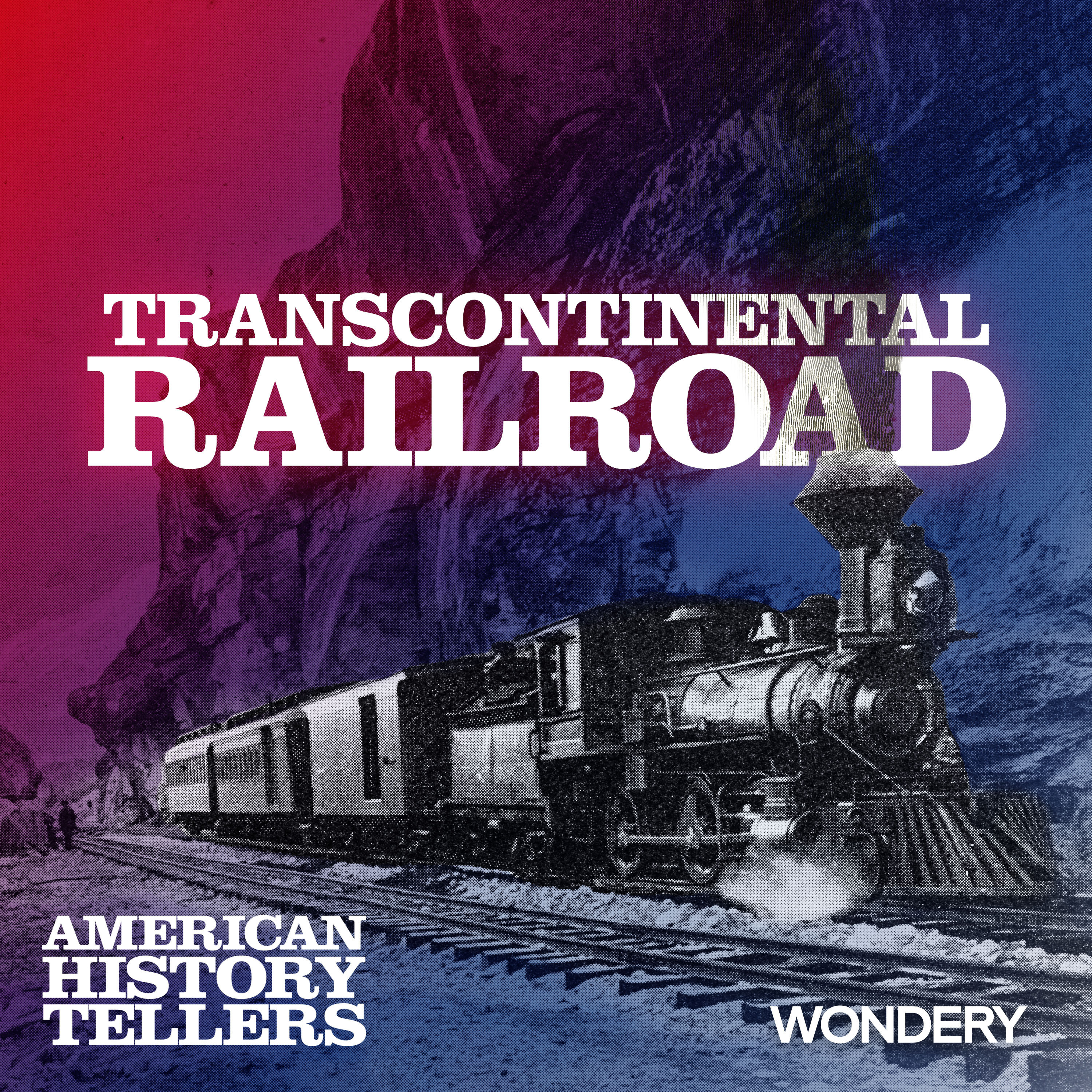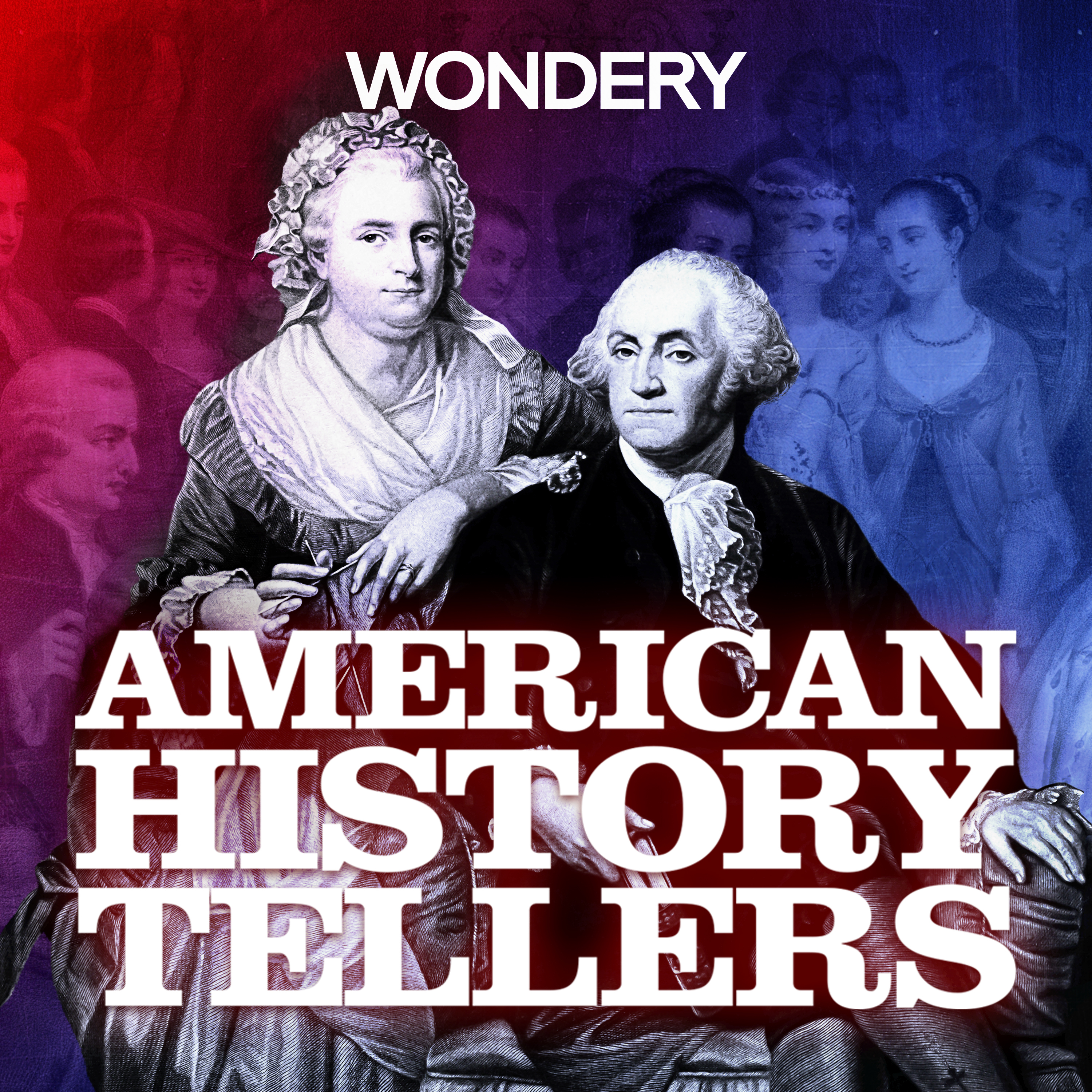
Transcontinental Railroad | The Golden Spike | 4

American History Tellers
Deep Dive
Why did the Union Pacific and Central Pacific executives meet in Washington, D.C. in January 1869?
They met to discuss and finalize the meeting point for the two railroads, as their grading crews were working within sight of each other in Utah, and the lack of a defined meeting point was causing wasteful and redundant work.
Why did Collis Huntington reject the Union Pacific's proposal to meet in the middle, just west of the Promontory Mountains?
Huntington rejected the proposal because he wanted to claim as much valuable land in Utah as possible, particularly the coal mines in Weber Canyon and control over traffic in and out of Salt Lake City.
What were the main reasons for the increasing costs and shoddy work during the final year of the Transcontinental Railroad's construction?
The main reasons were the intense competition between the two companies, which led to pushing workers harder, cutting corners, and using substandard materials to meet tight deadlines. Additionally, supply chain delays and harsh weather conditions exacerbated the issues.
Why did Brigham Young agree to supply workers to both the Union Pacific and Central Pacific?
Brigham Young agreed to supply workers to both companies because he saw the railroad as a way to bring prosperity to Salt Lake City. He also needed to provide work for the Mormon community, especially after a grasshopper plague destroyed crops.
What was the impact of the winter weather on the construction of the Transcontinental Railroad in early 1869?
Winter weather, particularly freezing temperatures and severe snowstorms, significantly slowed construction. It forced both companies to resort to extreme measures, such as using black powder to break up frozen ground, and led to multiple delays and accidents.
Why did the Central Pacific and Union Pacific crews engage in violent confrontations during the final stages of construction?
The crews engaged in violent confrontations due to the intense competition and close proximity of their work. Tensions escalated when the Union Pacific's Irish graders tried to intimidate the Central Pacific's Chinese graders, leading to physical altercations and even an avalanche that buried several Union Pacific workers.
What significant event occurred on May 10, 1869, at Promontory Summit?
On May 10, 1869, the final golden spike was driven, officially completing the Transcontinental Railroad. This event marked the meeting of the Union Pacific and Central Pacific railroads, uniting the nation from coast to coast and transforming the country's economy and culture.
What were the long-term impacts of the Transcontinental Railroad on the United States?
The Transcontinental Railroad transformed the nation's economy by opening new markets in the West, expanding agriculture and mining, and facilitating the movement of goods and ideas. However, it also led to significant corporate and political corruption, environmental degradation, and the displacement of Native American tribes and the near extinction of buffalo herds.
- Meeting in Washington D.C. between Union Pacific and Central Pacific Railroad presidents.
- Disagreement over the meeting point of the transcontinental railroad lines.
- Vast sums of money and valuable resources at stake.
- Corruption and fraud in the railroad construction.
Shownotes Transcript
In January 1869, leaders of the Union Pacific and Central Pacific met in Washington, D.C. to discuss the final stretch of construction. For years, the two railroads had been advancing toward each other without a defined location for their tracks to meet. But now, their grading crews were working within sight of each other in Utah. In the frantic race to the finish, it became increasingly difficult to hide the fact that the tracks destined to unite the nation were built on a foundation of corruption.
Order your copy of the new American History Tellers book, The Hidden History of the White House, for behind-the-scenes stories of some of the most dramatic events in American history—set right inside the house where it happened.
Be the first to know about Wondery’s newest podcasts, curated recommendations, and more! Sign up now at https://wondery.fm/wonderynewsletter
Listen to American History Tellers on the Wondery App or wherever you get your podcasts. Experience all episodes ad-free and be the first to binge the newest season. Unlock exclusive early access by joining Wondery+ in the Wondery App, Apple Podcasts or Spotify. Start your free trial today by visiting wondery.com/links/american-history-tellers/ now.
See Privacy Policy at https://art19.com/privacy) and California Privacy Notice at https://art19.com/privacy#do-not-sell-my-info).